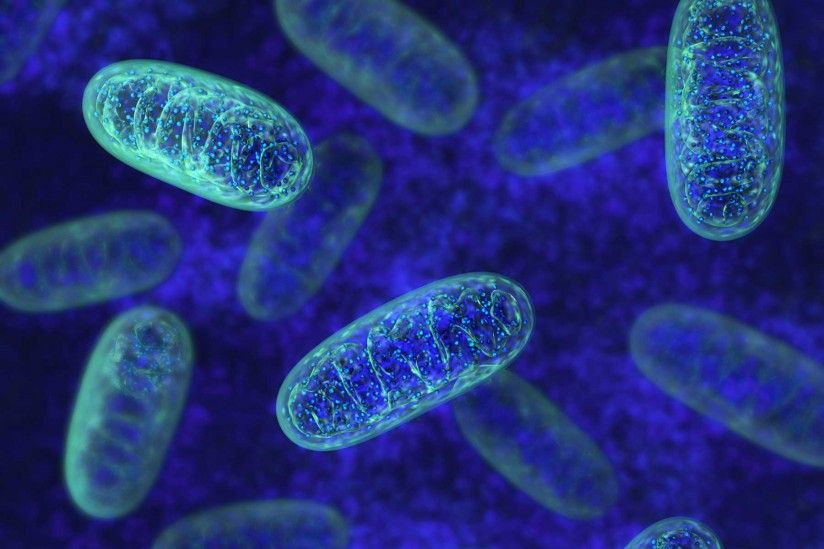Mitochondria — the structures within cells mostly known for converting nutrients into usable energy — may play a larger and more direct role in the aging process than previously thought, according to USC Leonard Davis School of Gerontology Assistant Professor David Lee.
In addition to powering cells, mitochondria serve important roles in coordinating metabolism, Lee said. And evidence has shown that mitochondria — which have their own smaller genome separate from the larger collection of genes in a cell’s nucleus — lose function and accrue DNA damage during the aging process, reflecting a role in aging.
In trying to determine how the mitochondria are involved in aging, many researchers have studied the signals sent from the nucleus to the mitochondria and how they change with age. However, Lee theorizes that communication between the cell’s powerhouse and its control center may be taking place in both directions, with signaling molecules originally coded in the mitochondrial DNA regulating the nucleus and causing changes that affect key cellular factors of aging, such as metabolism.
